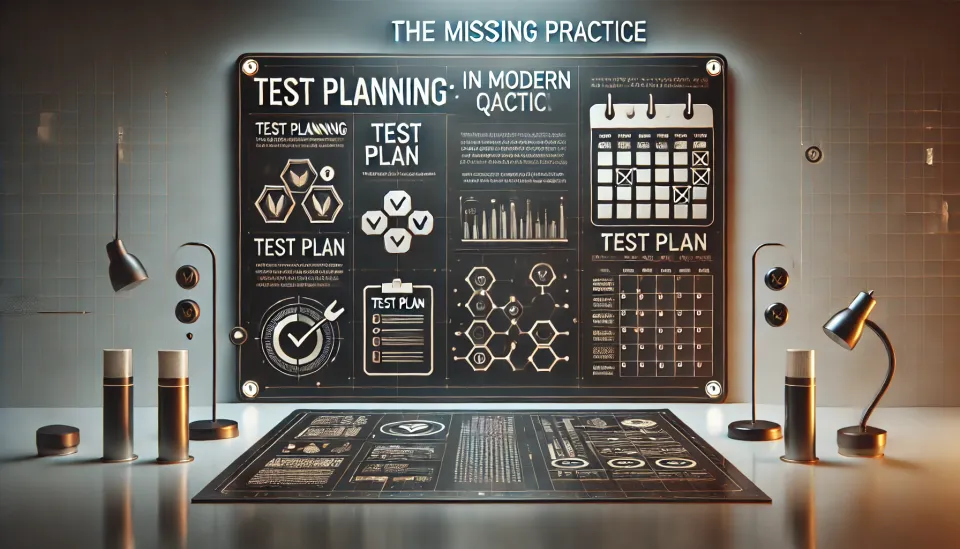The Lost Art of Test Planning

In many companies today, QA engineers are treated like machines. They’re handed a build, told to “just test it,” and that’s the end of it. No one asks them to think, to plan, or to document. Then when something breaks, they get blamed. End of story.
What’s missing isn’t just documentation — it’s the activity of test planning. Most companies don’t practice test planning as a deliberate step, and they don’t ask QA engineers to do it either. As a result, QA engineers end up testing on autopilot — relying on talent, intuition, or trial and error.
Over time, this weakens a QA engineer’s ability to think deeply about software quality. Engineers like Ahmed, as they grow in their careers, start to lose the “muscle” of structured thinking. They no longer plan their tests, analyze problems from different angles, or ask the big questions. Even if they’re smart and respectful, they’re not sharpening the most critical part of QA: critical thinking.
Test Planning Is a Mental Activity
Test planning isn’t just a document. It’s a mental process. A skill. A habit of thought. And that activity is what grows a QA engineer’s mindset and maturity — whether or not a formal plan is ever written.
Test planning trains you to think about:
• Objectives of the testing effort
• Test strategies and their trade-offs
• Functional and non-functional coverage
• Manual vs automated approaches
• Risks, constraints, and assumptions
• Resource allocation and time estimation
• Use cases and real-world user behavior
• Success criteria and quality metrics
Doing this consistently builds analytical depth — the kind needed when working on complex systems, scaling quality, or joining top-tier engineering teams.
But when companies don’t value or require this process, QA engineers stop doing it. And that’s a serious problem. Because without this kind of thinking, QA becomes shallow and reactive, not strategic.
Want to Learn How to Do It?
I will be starting a series of posts that talk about how to do real test planning — not just how to fill out a template, but how to actually think and plan like a quality strategist, even when your company doesn’t ask for it. Subscribe to stay around and get notified when I publish about flexible test planning template and a step-by-step breakdown of how to use it in your context.
Testing isn’t just execution.
Testing starts with thinking.
And planning is where that thinking begins.